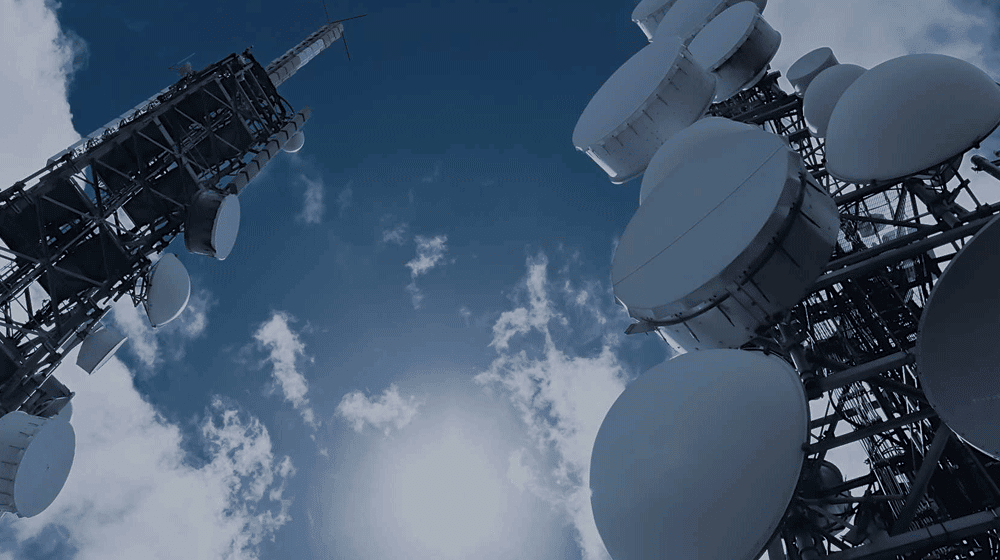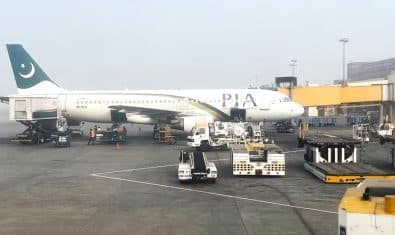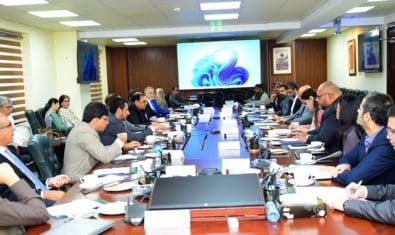The telecom sector’s outstanding progress has resulted in a record-high revenue of Rs. 694 billion, which is up by 6 percent generated in FY 2021-2022 compared to Rs. 651 billion, during the same period of 2020-21, however, economic slow-down and increased operational costs resulted in rather sluggish growth in the last quarter.
As per Pakistan Telecommunication Authority (PTA) Annual Report 2022, the sector attracted an investment of US$ 2,073 million and contributed Rs. 325.2 billion to the national exchequer of which Rs. 222.7 billion were in the form of taxes and the remaining Rs. 102.5 billion were proceeds from Next Generation Mobile Services (NGMS) auction and license renewals.
The report, released today, highlights encouraging telecom statistics and expanding usage of telecom services across Pakistan due to a progressive and enabling regulatory environment despite a challenging year marked by rising inflationary pressures and profitability concerns.
Pakistan has over 197 million telecom subscribers (fixed and mobile), with teledensity touching 90%. Moreover, biometrically verified SIMs/subscribers increased to 194 million, whereas, broadband subscriptions grew to 124 million with 56 percent penetration and annual mobile data usage touching 8,970 petabytes (6.8 GB per subscriber, per month), showing annual growth of 31 percent.
Mobile Broadband Subscription
In terms of mobile broadband subscriptions, Jazz is leading with a share of 38%, followed by Zong (27.8%), Telenor (21.4%), Ufone (11.6%) and SCO (1.2%). While Ufone was able to increase its market share by 0.7%, Zong’s share rose by 0.1% only.
On the other hand, the market shares of Jazz and Telenor declined by -0.5% and -0.4%, respectively.
During the year under review, mobile subscriptions registered a healthy annual growth of 6%. In the domain of subscriber growth, Zong took the lead with 9% growth, followed by Jazz (8%), Telenor (1.4%), and Ufone (0.7%).
In terms of mobile subscriptions, Jazz led with a share of 38.6%, followed by Telenor (25.3%), Zong (23.1%), Ufone (12.1%) and SCO (0.9%). Over the last four years, Jazz and Zong have successfully increased their market shares while Telenor and Ufone saw a decline owing to lower investments and late entry in 4G market.
Furthermore, Pakistan has leaped to an ‘Advanced’ level of 5th Generation (G5) regulator in the International Telecommunication Union’s 2022 regulators’ ranking. The Global System for Mobile Communications Association (GSMA) has rated Pakistan as an ‘emerging’ telecom market—a recognition that owes itself to multiple interventions.
PTA also introduced Short-Range Devices (SRDs) and IoT Framework under which licenses for the provision of IoT (Low Power Wide Area Network—LPWAN) services have been awarded. A massive spectrum rationalization exercise was carried out during the year under review, leading to improved spectrum efficiency that has positively impacted consumer experience.
It is pertinent to mention that for the first time in the country’s history, the import volume of mobile handsets registered a decline as most of the local demand was met through indigenously manufactured products, reflecting a huge shift in consumer behavior.
Pakistan manufactured a whopping 41.35 million mobile handsets (including 17.3 million smartphones) from January 2021 to September 2022, resulting in the creation of thousands of skilled jobs and local manufacturing of international brands such as Samsung, Nokia, Xiaomi, Oppo, Vivo, Techno and Infinix.
The Annual Report also revealed that International Social Media (SM) platforms such as Bigo, Snack Video, and Mico were registered by PTA under the prevailing legal framework.
PTA also launched the country’s largest ‘Digital Gender Inclusion Initiative,’ whereby the first ‘Gender Mainstreaming in ICTs’ strategy is being developed. These measures are in addition to efforts aimed at increasing telecom accessibility, availability, and affordability through telecom operators.
According to the report, PTA is focusing on national telecom equipment standards, outside plant code, in-building cabling standards, and the use of the utility infrastructure to save costs. The regulator also believes that active infrastructure and spectrum sharing need to be implemented to help pave way for the introduction of new technologies and facilitate the 5G launch. Moving forward,
PTA will continue to provide an enabling environment for the availability of high-quality telecom services and infrastructure across the country in a bid to bridge the digital divide, the report added.





















